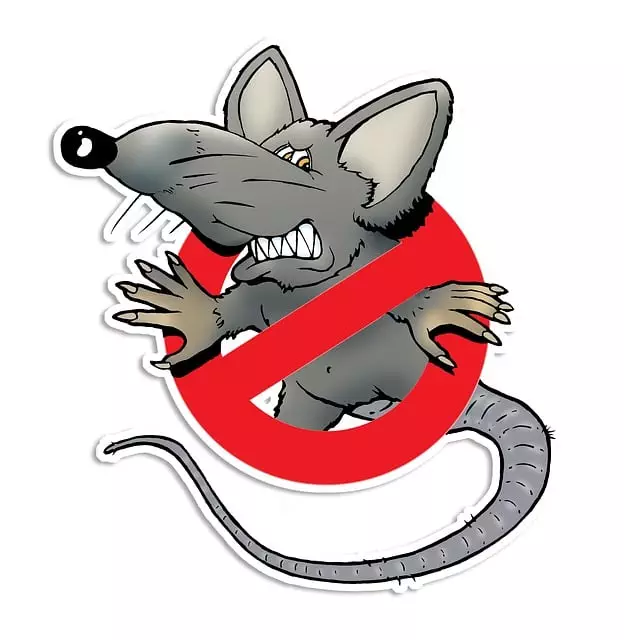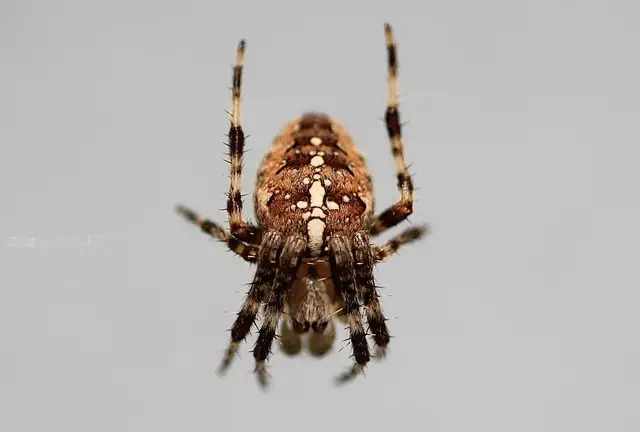Commercial rodent control addresses unique challenges in large, complex business spaces with high foot traffic through specialized techniques and tailored strategies. Experts identify entry points, place traps/baits, and implement preventative measures, collaborating with certified professionals for safety and compliance. Regular inspections, proper waste management, and sealed entry points are crucial for maintaining a rodent-free environment, protecting both facilities and reputations from damage caused by mice and rats. Effective rodent control involves long-term management strategies, early identification of signs, prevention through sanitation and sealing, eco-friendly methods like IPM, adherence to legal protocols, and ongoing maintenance for sustainable results.
Commercial rodent control is a critical aspect of maintaining healthy and safe working environments. This comprehensive guide delves into the essentials of managing these persistent pests, targeting common rodents infesting commercial spaces. We explore signs of infestation, offering insights on prevention strategies for effective rodent control.
From traditional extermination methods to modern, safer alternatives, we provide a balanced approach. Legal considerations and safety protocols are addressed, along with long-term management tips for proactive rodent control.
Understanding Commercial Rodent Control: The Basics

Commercial rodent control involves strategies and services designed to prevent, detect, and eliminate rodent infestations in commercial settings. These settings range from offices and retail stores to warehouses and industrial facilities. Unlike residential areas, commercial spaces often present unique challenges due to larger sizes, complex layouts, and higher foot traffic. Professional rodent control experts understand these nuances and employ specialized techniques tailored to each location’s specific needs.
The basics of effective rodent control include identifying entry points, setting up traps or baits, and implementing preventative measures. Commercial operators work closely with certified professionals to ensure safety, minimize disruption to business operations, and adhere to local regulations. Regular inspections, proper waste management, and sealed entry points are key components in maintaining a rodent-free environment. By combining advanced technology with industry knowledge, commercial rodent control services provide businesses with peace of mind, protecting both their facilities and reputation from potential damage caused by rodents.
Common Rodents Infesting Commercial Spaces

Commercial spaces, from offices and restaurants to warehouses and retail stores, often face challenges with rodent infestations. Common rodents like mice and rats are attracted by food sources, water, and shelter found in these environments. They can cause significant damage by gnawing on wires, insulation, and other materials, leading to potential fire hazards and costly repairs.
Moreover, rodents can carry diseases that pose health risks to employees and customers. Their droppings and urine can trigger allergic reactions and asthma attacks. Effective rodent control is therefore essential for maintaining a clean, safe, and productive commercial space. Implementing preventive measures, such as sealing entry points and securing garbage bins, is crucial in the long-term management of these pests.
Identifying Signs of a Rodent Infestation

Recognizing the signs of a rodent infestation is the first step in effective rodent control. Look for evidence such as droppings, gnaw marks on food packaging or walls, and holes or gaps in walls, floors, or ceilings. You may also spot rodents themselves, especially at night or during early morning hours. Even small traces of their presence can indicate a larger issue, requiring prompt action from professional rodent control services.
Prevention Strategies for Effective Rodent Control

Prevention is key when it comes to effective rodent control. Implementing robust strategies can significantly deter rodents from infesting commercial spaces. This includes maintaining excellent sanitation practices, as even minimal food debris can attract them. Regular cleaning and sanitizing of floors, walls, and storage areas are essential, especially in kitchens and food processing facilities. Additionally, sealing entry points such as gaps around pipes, wires, and doors is crucial to prevent their access. The use of physical barriers like metal mesh or steel wool can be effective in blocking entry ways.
Another critical prevention measure is proper storage practices. Ensuring that all items are stored off the ground and in sealed containers significantly reduces hiding places and food sources for rodents. It’s also vital to keep landscaping well-maintained, trimming bushes and trees away from buildings, as these can provide easy access points. Regular inspections should be conducted to identify any signs of rodent activity early on, making it easier to implement targeted control measures rather than extensive eradication efforts.
Traditional and Modern Methods of Rodent Extermination

Rodent control has evolved significantly over time, with traditional methods giving way to more modern and effective techniques. Historically, eradication was often achieved through toxic chemicals, posing risks to humans, pets, and the environment. These hazardous substances would be liberally scattered, aiming to rid areas of rodents en masse. While this approach may have been successful in the short term, it created a host of problems, including secondary poisoning and environmental contamination.
Modern rodent control takes a more nuanced approach, focusing on integrated pest management (IPM). This involves a combination of strategies such as habitat modification, trap use, biological control, and baiting. IPM prioritizes non-toxic methods, employing tools like snap traps, glue boards, and live traps to capture or kill rodents humanely. Additionally, it leverages natural predators and disease to manage populations sustainably, ensuring minimal impact on non-target species and the ecosystem at large. This shift towards environmentally friendly practices not only protects public health but also fosters a harmonious coexistence between humans and wildlife.
Legal Considerations and Safety Protocols

When dealing with commercial rodent control, it’s crucial to understand and adhere to legal considerations and safety protocols. Different regions have specific regulations regarding the use of pesticides and rodenticides, ensuring they are stored, handled, and disposed of properly to protect human health and the environment. Professional pest control services must be licensed to use these products, following strict guidelines for application to prevent contamination of food sources, water supplies, and non-target areas.
Safety protocols are paramount in commercial rodent control to safeguard employees and customers alike. This includes the use of personal protective equipment (PPE), such as gloves, masks, and goggles, during treatment. Proper ventilation is essential, especially in enclosed spaces, to minimize exposure to fumes and dust. Regular training and awareness programs for staff on recognizing signs of infestation, proper hygiene practices, and emergency response procedures contribute to a safe working environment, ensuring the effectiveness of rodent control measures without compromising health or safety standards.
Long-term Management and Maintenance Tips

Maintaining a rodent-free environment requires more than just one-time treatments; it’s a continuous process known as long-term management and maintenance. After initial rodent control measures, regular inspections become crucial to identify any signs of re-infestation. Sealing entry points, such as gaps in walls or floors, is essential to prevent rodents from returning. It’s also vital to keep areas clean and free of debris, as clutter provides hiding spots and encourages infestation.
Additionally, maintaining proper sanitation practices, like securing trash bins with tight-fitting lids, can significantly deter rodents. Landlords and property managers should implement regular pest management programs that include monitoring, trapping, and potential repellents. By combining these strategies, businesses can effectively manage and maintain their facilities, ensuring a rodent-free environment for customers and employees alike.
